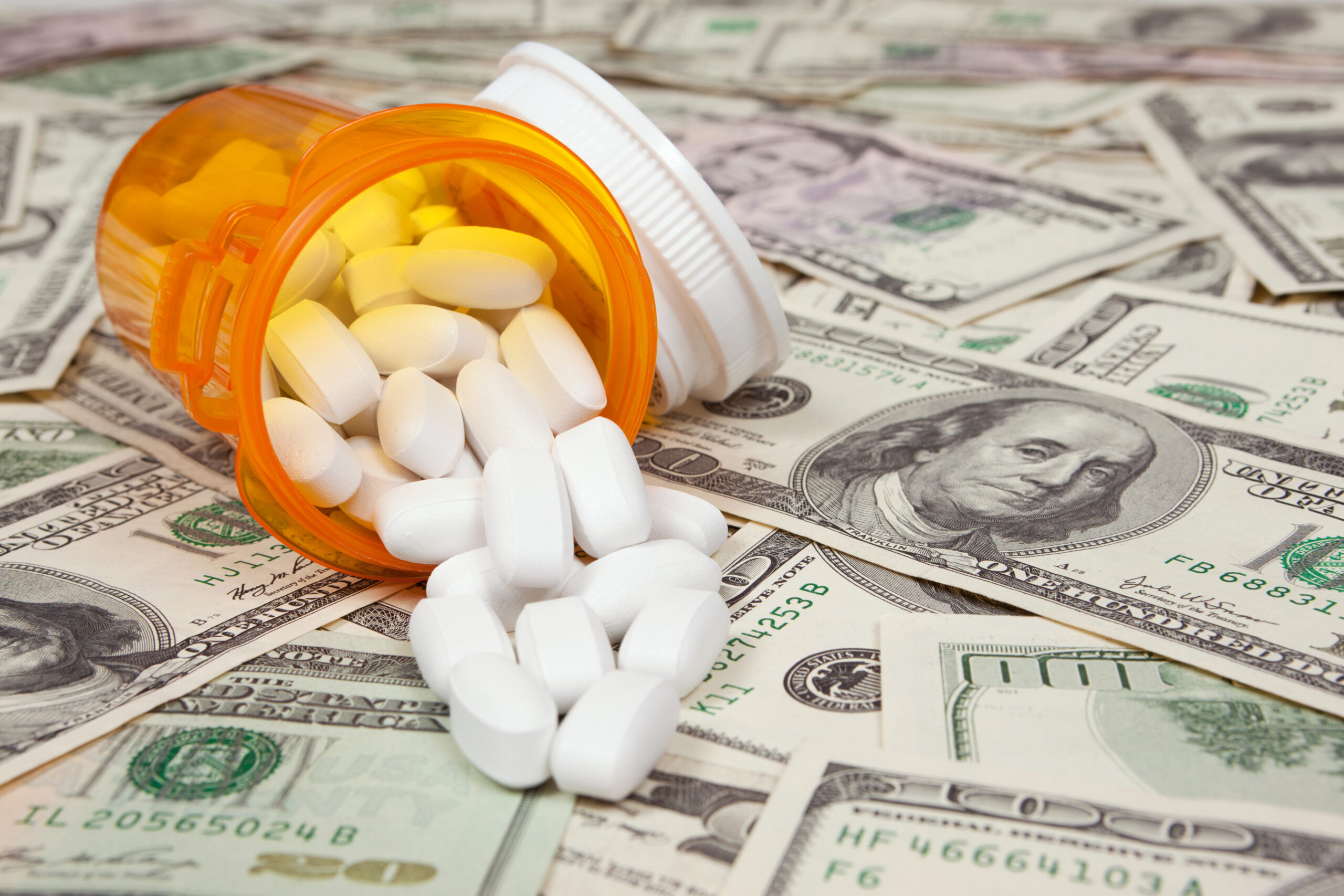© 2025 CSRXP- All Rights Reserved

DOSE OF REALITY: BIG PHARMA’S EGREGIOUS GLP-1, GENE, AND CELL THERAPY PRICES PROJECTED TO INCREASE HEALTH CARE COSTS FOR EMPLOYERS
Aug 26, 2024
Analysis Finds GLP-1 Blockbusters and “Multimillion-Dollar Gene Therapies” Are “Major Culprits” Driving Higher Prescription Drug Costs for Plan Sponsors
According to new research from the Business Group on Health and professional services firm Aon, health care costs for employers are expected to increase next year driven by Big Pharma’s egregious prices for blockbuster GLP-1 drugs and out-of-control prices on gene and cell therapy treatments. “GLP-1s and multimillion-dollar gene therapies,” are the “major culprits,” according to coverage of the analysis in Axios.
Research firm Aon anticipates companies’ health care costs will increase by nine percent next year. The Business Group on Health expects costs to increase by close to eight percent.
56 percent of respondents in the Business Group on Health’s survey expect GLP-1s to be a “great” or “very great” driver of increased costs. Meanwhile, 46 percent of respondents expect high-cost cell and gene therapies to be a “great” or “very great” driver of costs. These were the leading two answers in the survey over the next closest response by 20 percentage points.
The findings on the rising impact of Big Pharma’s egregious prices on GLP-1s and other high-priced treatments align with key takeaways from several other recent reports, including a broader analysis on prescription drug spending in the United States released by The IQVIA Institute for Human Data Science in May.
That report found net spending on prescription drugs increased 9.9 percent in 2023, rising to $435 billion. As IQVIA’s report outlines, this is a “significant acceleration in spending growth,” driven by price hikes outpacing inflation on existing drugs, increasingly out-of-control launch prices on new drugs, and egregious prices on GLP-1 weight loss drugs.
The report found spending on drugs for the treatment of obesity was $5.4 billion in 2023, “up from just $0.7Bn in 2018 and largely driven by the uptake of novel GLP-1 treatments.” The report also highlighted that the median annual cost for new prescription drugs launched in 2023 “exceeded $150,000” annually. Meanwhile, average annual treatment costs for “oncology and rare diseases [are] both approaching $300,000 per patient.”
Big Pharma’s Egregious Pricing of GLP-1 Drugs in the U.S.
An August 2023 analysis from the Peterson-KFF Health System Tracker found that list prices for several blockbuster GLP-1 drugs, including Novo Nordisk’s Ozempic, Wegovy and Rybelsus products, as well as Eli Lilly’s Mounjaro, are significantly higher in the U.S. compared to other wealthy countries.
Brand name drug maker Novo Nordisk, for example, has set the U.S. list price for a monthly supply of Ozempic at $936 in the U.S., versus $169 in Japan. This means the company is charging patients 5.5 times more in the U.S. than in Japan for the same drug.
For Wegovy, the U.S. list price is $1,349, while the next highest price in a comparable country is $328 in Germany, again meaning U.S. patients pay more than four times more than the next comparable country for the same prescription drug.
Prices of GLP-1s Unsustainable for U.S. Health Care System
In March, the Congressional Budget Office (CBO) predicted that covering GLP-1 weight loss drugs “at their current prices, would cost the federal government more than it would save from reducing other health care spending.”
During a December 2023 hearing in the U.S. Senate Committee on Health, Education, Labor & Pensions (HELP), expert witness Kasia Lipska, M.D., M.H.S, Associate Professor of Medicine at the Yale School of Medicine explained how Big Pharma’s egregious pricing practices on this new category of drugs present staggering potential costs.
“The price tags for these new medications are simply outrageous,” Dr. Lipska said. “Ozempic, the brand name for Semaglutide approved for type 2 diabetes and marketed by Novo Nordisk, has a U.S. list price of over $900 per month. Wegovy, the brand name for the same drug approved for obesity, is $1,300 per month…”
“…If Medicare were to fully cover Wegovy for all of its beneficiaries with obesity for one year, we as American taxpayers would end up with a $268 billion invoice,” Dr. Lipska stated. “To give you some perspective, that’s 70 percent of all the money that was spent on prescription drugs in the U.S. in 2021. And could we stop at one year? Probably not. What we know about Semaglutide, and the related medications is that they work while people take them. However, as soon as they stop, their weight comes back, so patients are looking at a potentially lifelong treatment, and we could be facing the most expensive subscription service in the history of medicine.”
Big Pharma Already Hiking Prices On GLP-1 Products
In addition, the brand name drug companies who market these drugs have already begun hiking prices.
In January, Novo Nordisk increased prices on its Ozempic product, approved for type 2 diabetes, by 3.5 percent. Novo Nordisk increased the price of Ozempic by 4.9 percent in 2023 and in 2022 by 4.8 percent. Eli Lilly increased prices on its Mounjaro GLP-1 type 2 diabetes product earlier this year by 4.5 percent and in 2023 by five percent.
Read more on how Big Pharma’s high-priced GLP-1 diabetes and weight loss products and expensive cell and gene therapy treatments are expected to lead to increased costs for employers HERE.
Read about how Big Pharma is utilizing device patents to build patent thickets on GLP-1 diabetes and weight loss drugs HERE.
Read about how Big Pharma’s egregious prices on GLP-1 diabetes and weight loss drugs are leading to unsustainable costs for the health care system HERE.
